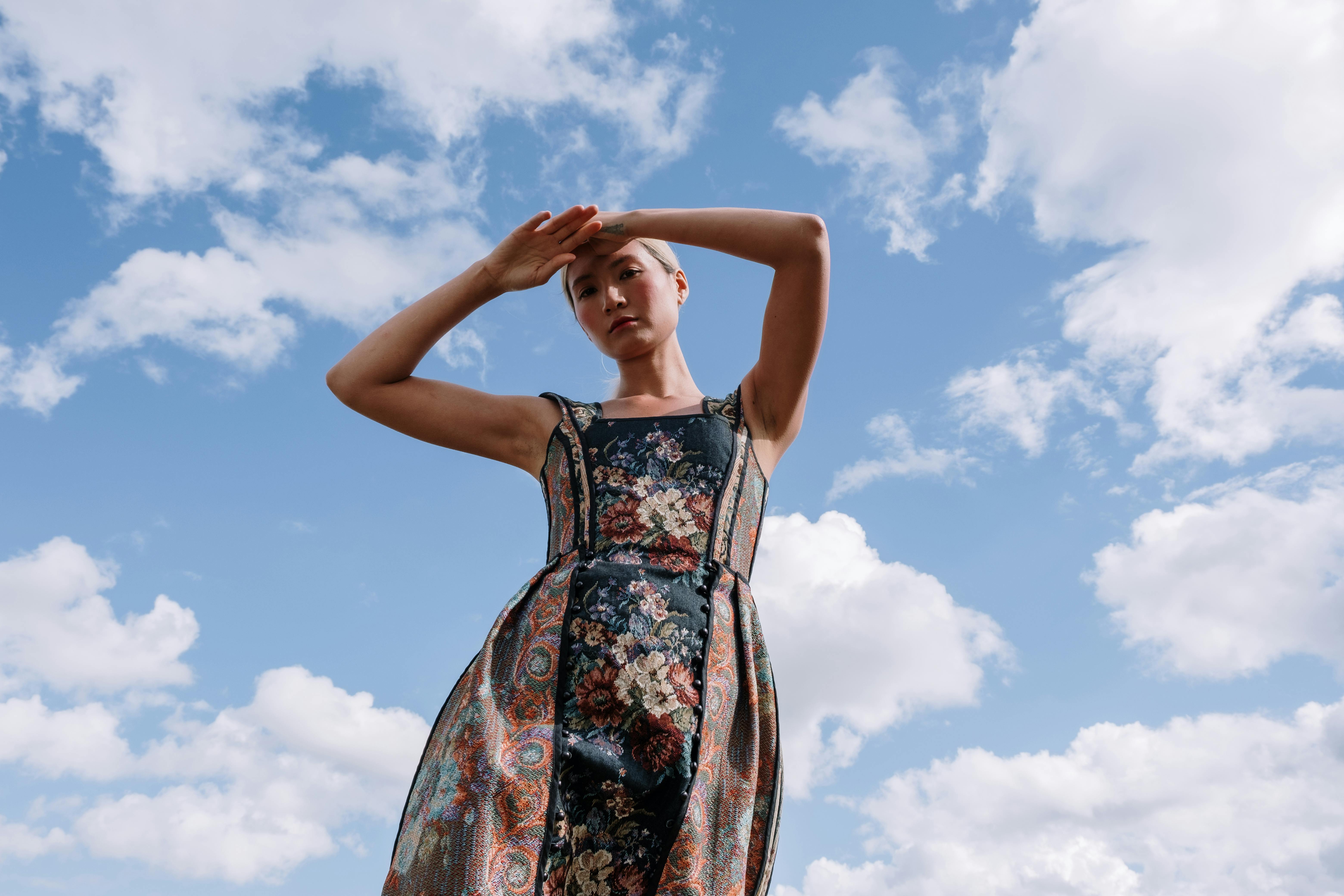In the Philippines, wedding customs may fluctuate depending on the region, religion, and ethnicity. Some couples, for instance, make a unique sticky grain philipines brides cake or perform traditional moral ceremonies. Numerous couples offer things equivalent to a rehearsal dinner for their guests in a more contemporary placing.

Filipinos even have wedding sponsors or “aunties and brothers,” although the majority of couples does possess a maid of honor. These special guests are known as the “ninang” or “ninong” for the bride, “ninong” for the bridegroom https://www.theguardian.com/film/2022/may/19/le-otto-montagne-the-eight-mountains-review-cannes-film-festival, and “ninong” for the groom. They participate in ceremonia, including cord ceremonies, gold ceremonies, and veil ceremonies.
In the Philippines, seeking parental approval is a major part of the bridal custom. In front of the rest of the wedding guests and occasionally even the priest, the ninang or ninong gently touching their parent’s hand to their own forehead, although this is n’t always done during the ceremony itself. This sign acknowledges that their families are giving their child to their spouse and shows value for them.
The pamamanhikan is another significant marriage ceremony. This crucial stage of a married child’s relationship is significant because it embodies the man’s commitment to his forthcoming sister’s union with her community. The woman’s household next accepts his suggestion.
In Philippine ceremonies, the aras or arrhae is a well-known mark. It is a bridal jewelry with thirteen coins, which represent the couple’s good health, wealth, and good fortune. It is typically held by a lovely penny recipient. During the service, the man finally places the aras or arrhae on the princess’s palm.
